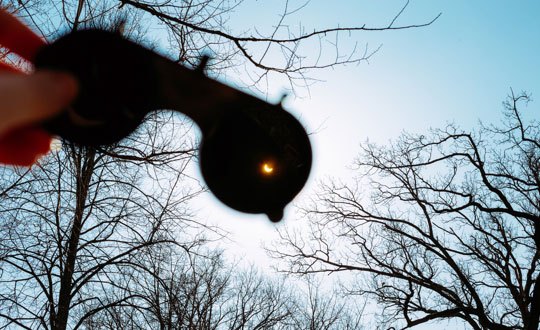Hunter McRae is an award-winning photographer based in Charleston, South Carolina. In her spare time, she writes for eBay.com about all things photography. We’re happy to announce that Hunter will be sharing some compositional tips with our students as a guest blogger this month- enjoy!
Art is never about rules. Whether a photographer is taking pictures for a newspaper, of a wedding or of their nephew playing soccer, they should feel free to take artistic license to capture the best photo possible.
But if you don’t have a basis of understanding about the principles of photography, your images will be all over the place and not appealing to most viewers. The truth is, most great photographs share some common characteristics. We’ll call those characteristics “rules,” and when they’re broken, it can either be disastrous (Exhibit A: The millions of bad photographs in the world) or it can elevate the photograph to another level (Exhibit B: The much smaller number of excellent photographs in existence). To get into the second group, you have to understand the rules and break them intentionally, with careful and deliberate intention.
Here are four such rules that are good to follow (but even better to break, when the opportunity presents itself):
Shoot with Your Light Source Behind You

Most of the time, to capture a good photograph, we’re told to have the light on our subjects’ face and expose to that. Thus, the sun or light source is at your back as a photographer, at a slight angle so that your subject is not blinking and staring straight into the sun. This gives you even light without shadows across your subjects.
But is it ever appropriate to shoot toward the sun? Of course. This is the rule I break most often. The sunlight may blow out the exposure on part of the image (and thus not be appropriate for newsprint, perhaps) but the ethereal, glowing light it casts the photo’s subjects in is unmatchable. I adore this look and am always on the lookout for the right angle of the sun and ambient light to capture dreamy images like the one shown here.
Keep a Level Horizon

This rule is important, 99 percent of the time! A tilted horizon can make a photo look unprofessional, and worse, give viewers a disorienting headache. But occasionally, there’s an opportunity to tilt the camera and capture a unique angle that a straightforward shot simply can’t accomplish.
In this image, I capture the motion of arms in the air and the playful spirit of these happy bridesmaids in a manner that shows the true atmosphere of the moment rather than looking stiff and planned as a level horizon, straight ahead shot might have done. By tilting the camera ever so slightly (and shooting into the sun), I captured a keeper.
Focus on Your Subject

Even if your subject is a speck in the background and you’ve got a blurry figure in the foreground, you want your viewer’s eye to go to the most important aspect of your frame. This is your subject, and it should be in focus, all the time, however small.
Except when it isn’t. For this session of three sisters on the beach, my favorite image was the one where I decided to focus on the small, crashing waves behind them and blur the leaping and skipping girls. The result is a photograph that conveys all of their gleeful energy without any distractions.
Stick to the Rule of Thirds

The in-a-nutshell explanation of the rule of thirds is to draw a grid across your viewfinder with three vertical and horizontal sections, and then to place your subject and focal points at the intersections of those boxes. It’s a smart rule that helps to balance negative space with foreground and background and compose a scene in the most attractive or telling way possible.
But there are cases where a leading line—like the façade and shape of this building—can replace that rule. The subject of this image is the bride and groom at the bottom, but the eye doesn’t automatically go there. Instead, we first absorb the striking blue of the sky as our eye simultaneously follows the white along the brick wall down to the scene below. By breaking the rule of thirds here, we see a full version of the scene that fully tells the story of the day.
Never Break This Rule!
There are no limits on art, so is there a single golden rule of photography that should never be broken? There is, but it’s simply this: Don’t break a rule without a reason for doing it.
Maybe you’ll get lucky blindly clicking away, but it’s far wiser to base your approach around the fundamentals and then step away from them intentionally and with an informed eye. Knowing the rules gives you the power to break them with style.
Want to learn more? NYIP offers accredited photography courses online that can help you become a photographer or start a new career. Request your free course catalog today!






